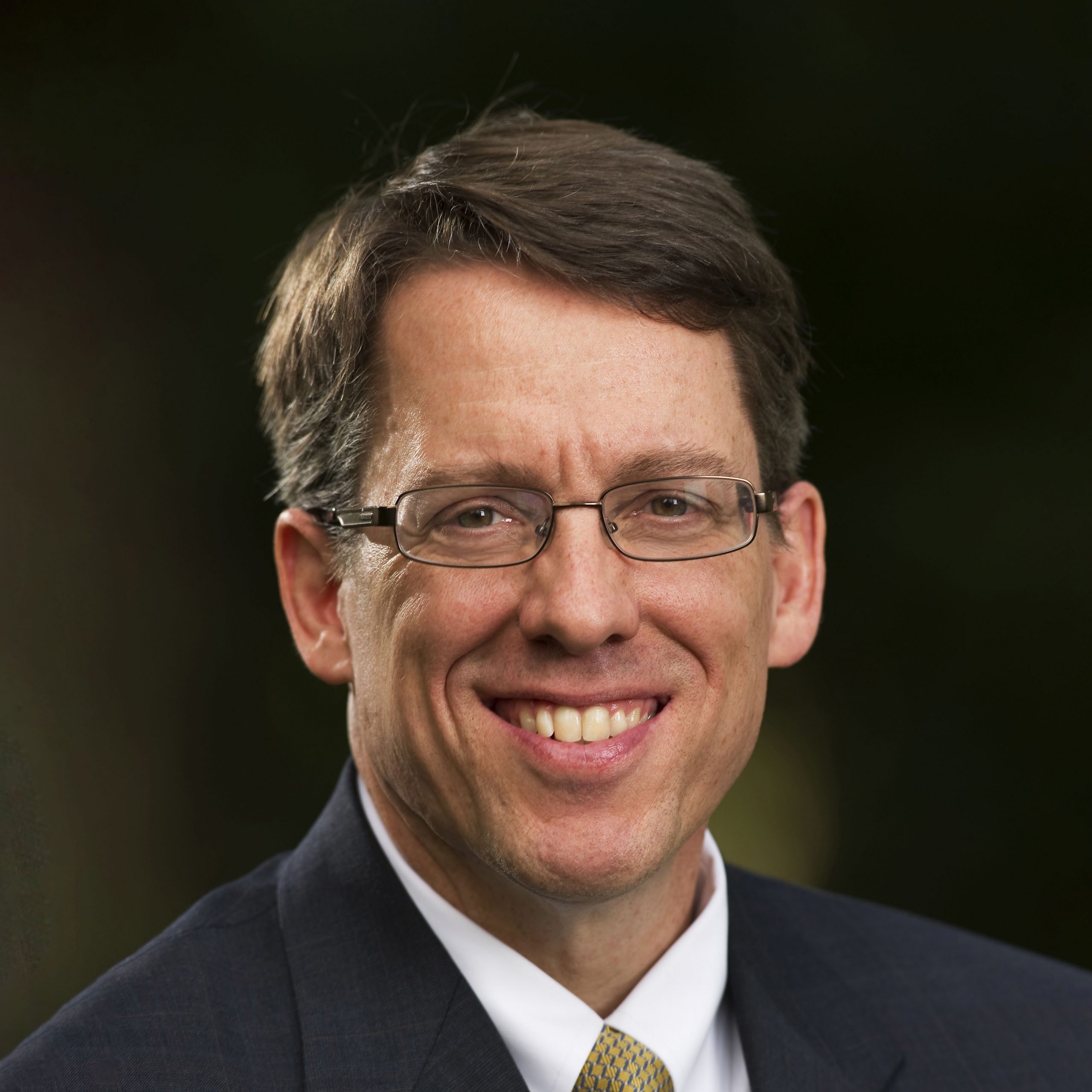The missional catechesis of Mr. Wesley: Wesleyan catechesis, part 4
April 12th, 2011We are examining the multi-faceted strands of the genius of Wesleyan catechesis. So far, we have explored the role of God’s prior action in prevenient grace (part 1), Wesley’s notion of “waiting in the means of grace” (part 2), and the role of the community in spiritual formation (part 3). Today’s blog will explore the missional side of Wesleyan catechesis.
Most readers of this blog will be aware that the Christian monastic tradition is a very diverse, multi-faceted tradition. The earliest monastic traditions idealized desert hermits such as St. Antony (251-356) who is often cited as the founder of monasticism. They were the forerunners of the great contemplative stream. Our minds run quickly to the great masters of this tradition such as Bernard of Clairvaux, the Rhineland mystics (e.g. St. Hildegarde or Meister Ecihart), Julian of Norwich, St. Teresa of Avila or Thomas Merton. This broad contemplative tradition has given the church many gifts, such as the Rule of St. Benedict and the lectio divina (divine reading of Scripture). This is a long and wonderful tradition.
However, there were others who understood spiritual formation to occur in the world. This is the great active tradition. The mendicant orders such as Dominicans and Franciscans also renounced the world and entered into the consecrated life. However, they lived out their formation actively in the world, preaching the gospel and serving the poor. St. Dominic founded the Dominicans as a preaching order. Francis of Assisi founded the Franciscans as an order to serve the poor. Wesley loved both the contemplative and active traditions, but he was drawn more powerfully to the latter. Wesley formed his disciples in the context of actively serving in the world. Wesley understood, for example, that if you really want to be formed spiritually you should be eager to go out into a place of pain, roll up your sleeves and get your hands dirty serving the poor. While Wesley was deeply committed to prayer and contemplation, he really couldn’t imagine catechesis which was not also missional. This is why holiness for Wesley is never merely personal holiness; it is active, missional holiness. This is crucial for Wesley’s view of catechesis. Wesley took his new preachers out to the brick yards and into the prisons. For Wesley, not only is the world his parish, the world is God’s greatest spiritual workshop. It is on the anvil of a suffering world that God shapes and forms his disciples to understand what it means to take up their cross and follow him. Thus, the Wesleyan tradition is an active tradition, i.e. we believe that spiritual formation occurs in the context of active service in the world.
It is, of course, a grave error to interpret Wesley’s social activism as either a form of “works-righteousness” (we are justified through our works) or the kind of humanistic social agenda which so often masquerades as Christianity today. No, this is why these reflections have been placed in the larger context of God’s prevenient grace (God in moving and acting before we get to the soup kitchen or to the mission field or to brick yards or to the pulpit), but also the importance of waiting “in the means of grace.” All action in the world takes place as a response to his revelation (in the Word and in Christ).
In future blog posts we will explore two more features of Wesleyan catechesis.
Feedback
Please fill out the form below if you would like to provide feedback to Dr. Tennent concerning this blog entry.


